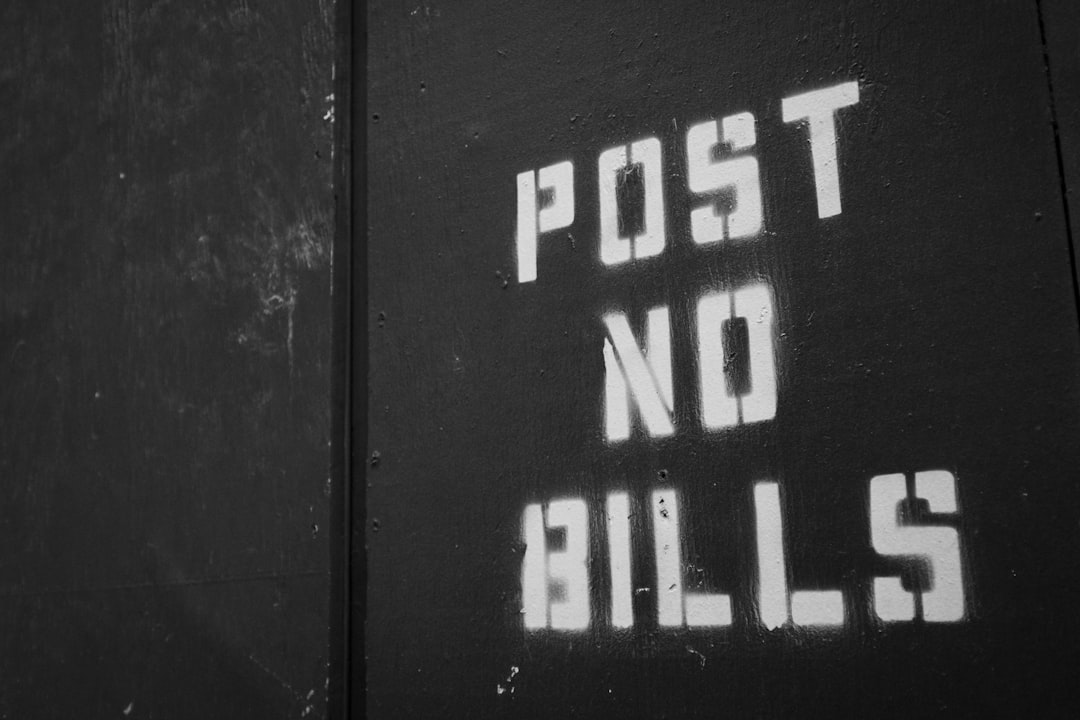Millions of people subscribe to services that bill on a recurring basis — from web hosting and domain registrars to software, streaming platforms, and beyond. While the convenience of auto-renewals is clear, it comes with a growing downside that’s catching more users off guard: renewal pricing doubling without prior notice. This article explores how companies hide renewal pricing practices, what users have experienced, and how a simple email alert trick helped many lock in better rates and avoid financial surprises.
Contents
TL;DR
Many users have experienced unwanted price hikes — often double the original price — when subscriptions auto-renewed. What’s worse, companies often don’t send warning emails until after billing has occurred. Thankfully, tech-savvy users discovered a method to set up renewal alerts and lock in original or discounted rates before the price spike. This article covers the issue, the trick, and how to protect yourself moving forward.
When Renewal Prices Double — Silently
You sign up for a service at a deeply discounted introductory price — let’s say $4.99/month. A year later, without so much as a heads-up, your card is charged $9.99/month. This exact scenario is becoming more common as companies increasingly rely on hidden auto-renewal policies to boost profits.
Here’s the kicker: a large percentage of companies don’t send timely renewal reminders. The goal is clear — reduce cancellations. And it works. Most users only realize the price has doubled once the charge shows up on their credit card statement.
These practices are especially prevalent in industries like:
- Domain registration & Web hosting — where the first year’s cost might be $2.99 or even free, followed by $19.99 or more per year thereafter
- SaaS subscriptions — where the monthly rate quietly increases after a year or even six months
- Streaming & Media services — that offer a “limited time” trial but continue billing without fanfare once the trial expires

Why Notifications Fail (or Never Arrive)
Many companies argue that the price change is disclosed in the fine print — usually buried in the Terms of Service. They may also claim that they sent an email, but users often find no such message in their inbox, spam folder, or otherwise.
Reasons why renewal alerts fail include:
- Emails sent to outdated addresses — Users often sign up with temporary or alternate emails
- Generic subject lines — Such as “Update Regarding Your Account” which users ignore or delete
- Emails not sent at all — Some providers skip the alert entirely, counting on apathy or forgetfulness
Many users feel caught in a trap. With most services billing annually or in large chunks, even a single unnoticed renewal can cost $100 or more.
The “Email Alert + Price Lock” Trick That Saves Users Money
What if you could get a proper heads-up before renewal pricing changes, and even lock in the original rate before it expires? That’s exactly what smart users began doing using two simple principles:
1. Set Custom Email Alerts Using Calendar Reminders
When you sign up for a subscription, immediately mark your calendar — Google Calendar, Apple Calendar, or any reliable tool. Set an email alert for:
- 30 days before renewal
- 7 days before renewal
- On the renewal date (as a backup)
These alerts ensure you get advanced notice — even if the service provider fails to tell you. Include all relevant account info such as login URL, email used, and expected renewal amount in the calendar note.
2. Contact Support to Lock In a Lower Rate
Once your alert hits, you have two options before renewal:
- Cancel the plan — Especially if you’re no longer using the service or found a better option
- Negotiate the rate — Contact the company’s support team and ask to renew at the existing rate or apply a loyalty discount
Surprisingly, many services do offer unadvertised lower renewal rates if you take the initiative to ask. If you’re switching providers, mention that fact — it’s often leverage for a discount.

Real-World Example: The Web Hosting Wake-Up Call
Take the example of a personal blogger who bought hosting from a well-known provider at an introductory rate of $2.99/month. After 12 months, her card was billed $11.99/month — nearly four times the original price. She received no warning, and the support rep cited automated terms listed “at checkout” but not highlighted after that.
She then started adding calendar reminders for new services and contacting companies proactively. In one case, she was offered a 25% discount just for reaching out before renewal. It became a personal policy — and a very effective one.
Tools & Automation Options
Besides manual calendar alerts, some third-party tools have emerged to catch renewal hikes:
- TrackMySubs — Lets users track subscriptions and renewal dates in one dashboard
- Billbot — A bot-assisted mobile app that reminds you of upcoming charges
- Credit card alerts — Set alerts with your bank for charges above a certain threshold
Still, these tools work best when paired with personal diligence. They remind you, but negotiation is still up to you.
How Companies Justify the Lack of Notice
When questioned, most companies fall back on one or more of the following justifications:
- “We disclosed renewal pricing in our Terms of Service.”
- “An email was sent 30 days ago, please check your spam folder.”
- “Auto-renewal is standard in the industry to ensure service continuity.”
While technically legal in many jurisdictions, these justifications do little to help customers feel respected or informed. The practice continues to draw criticism, and in some cases, it skirts the boundaries of transparency laws.
How to Protect Yourself Going Forward
To safeguard against surprise renewals and overcharges, implement these best practices:
- Keep a master list of subscriptions — Use a spreadsheet or tracking app
- Schedule renewal alerts — Rely on your own tools, not companies’ emails
- Read fine print before signing up — Especially for introductory offers
- Cancel unused services ahead of time — Don’t wait for the last billing cycle
- Negotiate renewals — Loyalty often earns you better pricing
Subscriptions are here to stay, but being informed and proactive can shift the power back to you as a user and consumer.
Final Thoughts
Renewal pricing doubling without notification is more than just an annoyance — it’s a silent way too many companies extract more from loyal users. Yet with a simple combination of email alerts and savvy negotiation, you can beat the system, save money, and take back control. Remember, you don’t have to agree to quiet price hikes — but you do have to be vigilant about them.
If you’ve already been charged a higher renewal rate, it’s not too late. Contact customer service, explain you were unaware, and ask for a refund or discount. You’d be surprised how often it works — especially if you signal the possibility of canceling.
Be smart. Be organized. And above all, don’t let auto-renewal hijack your wallet.




